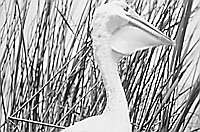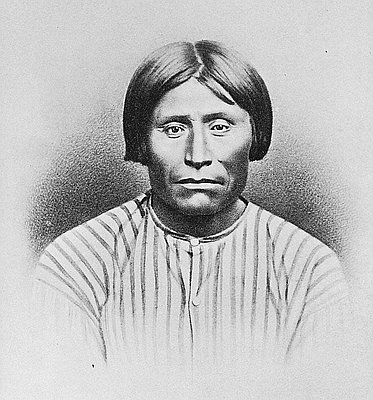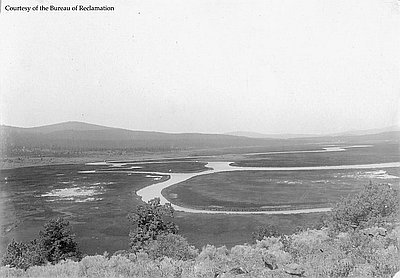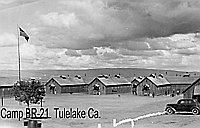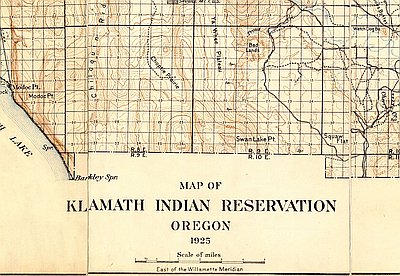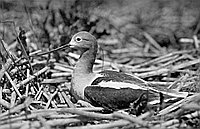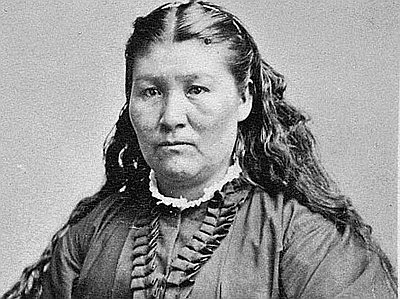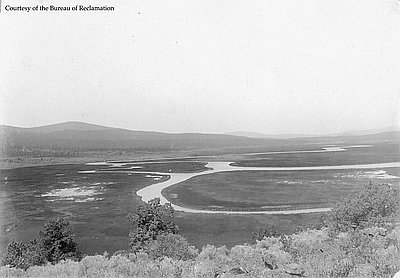Choosing the Klamath
In 1909 three members of the Czech Colonization Club in Omaha, Nebraska, investigated western lands in search of a region suitable for farming. After their journey, Land Committee member Vaclav Vostrcil recommended “the project in Klamath Falls, Oregon for our Czech settlement.”
He gave many reasons for this choice. Vostrcil found that “the government project near Klamath Falls has the largest supply of water which we have seen along our tour.” He considered the climate “mild and favorable” and the land very adaptable for irrigation, “having a mild slope over the whole grade.” Vostrcil admired the pine forests and fruit orchards of the vicinity, and, he noted, “here we saw the best alfalfa and the tallest rye.” Because of the “abundance of fish” and “numberless flocks of ducks, geese, and pelicans,” Vostrcil said that “for lovers of sports, the locality is perfect paradise.” He expressed his belief that “this country has before it a big future. Lumber for building is cheaper here than in other western countries and water power guarantees the industry of small business.” Another sign of the region’s big future was the railroad, which had come to Klamath Falls only three months earlier.
The undeveloped lands, the Czech farmer reported, sold for thirty dollars per acre, but “everyone has to buy their water rights from the government. These rights cost thirty-five dollars per acre and are payable in ten years without interest.”
Frank Zumpfe, who had traveled with Vostrcil on the selection tour, returned to Nebraska and immediately brought his family to the Klamath region. Zumpfe bought sixty-eight acres near Tule Lake. There was a large house and a broken-down barn on his land, which had previously been cultivated.
Before the year was out, fifty members of the Czech Colonization Club had bought Klamath Project land. Meeting in the Zumpfe house, the Czechs established a settlement, the town of Malin, which they named for a kind of horseradish that grows in Czechoslovakia.
People of Czech descent continue to live in Malin and elsewhere in the Upper Basin. Grandchildren and great-grandchildren of Colonization Club members farm Klamath Project lands today.
© Stephen Most, 2003. Updated by OHP staff, 2014.
